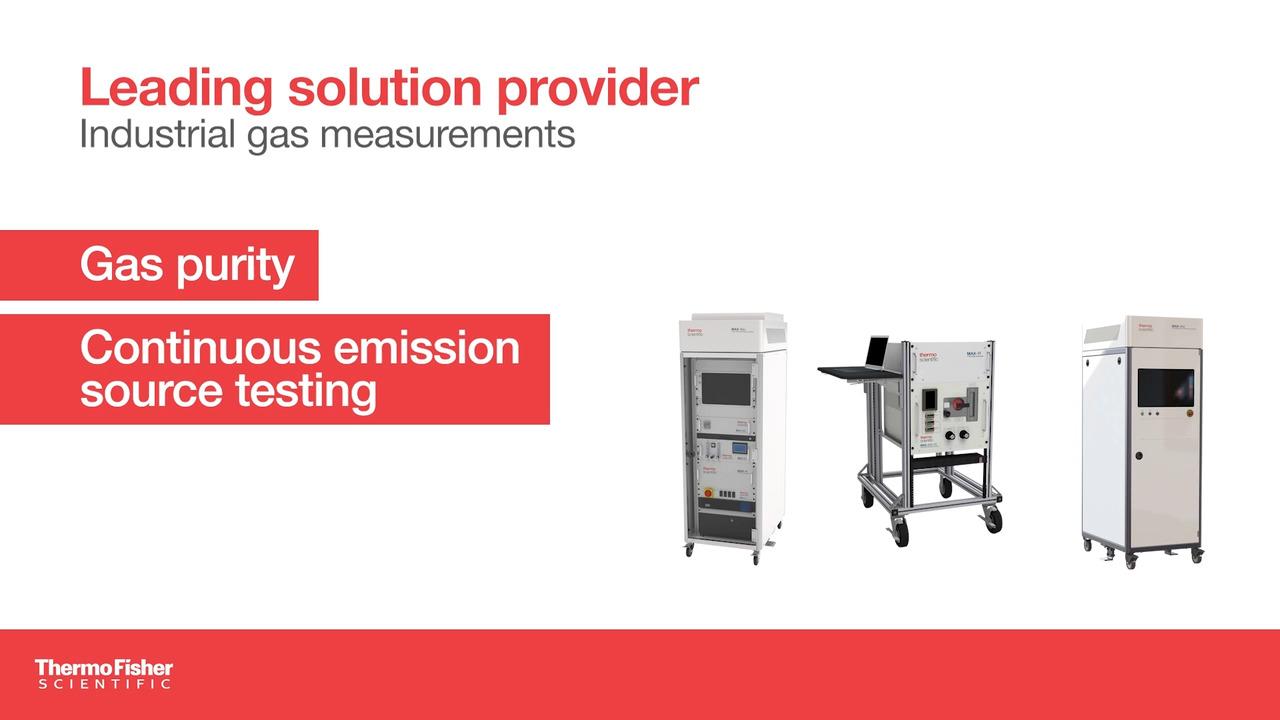
Overview
The Thermo Scientific MAX-iAQ is a fully automated 20-point ambient air monitoring solution for low-level detection of trace compounds, even in high humidity environments. The MAX-iAQ system can quantify 1-100+ compounds down to single digit ppb using advanced Thermo Scientific StarBoost Technology while maintaining short cycle times. This makes the MAX-iAQ an ideal alternative to traditional gas chromatography-based systems that are typically slower, less sensitive, and more costly to maintain.
The MAX-iAQ is designed to operate as a continuous monitor with little to no user interaction, complete with dynamic alarming functionality, user-definable sequencing, remote monitoring, and standard data publishing and reporting. Several enclosure options are available to deliver a complete factory-ready solution.
Features
The comprehensive design of the MAX-iAQ system features a temperature-controlled rack, integrated sample multiplexer, industrial computer, and interface hardware for easy factory communication. The integrated multiplexer incorporates sampling and bypass pumps to allow for continuous sample flow on all channels. A deuterated triglycine sulfate (DTGS) detector allows acquisition of the full mid-IR spectrum and quantification of nearly any organic or inorganic compound down to 10s of ppb, or the system can be configured with optional StarBoost Enhanced Optical Technology for even lower detection limits. Designed to operate for 10+ years with minimal maintenance, the system’s FTIR analyzer is factory-calibrated and operates continuously for its useful life without recalibration. If necessary, the system can accept calibration cylinders for certification purposes (QA/QC) or generate new calibrations for new analytes.
Applications
The MAX-iAQ Ambient Air Monitoring System is designed for ambient air analysis across multiple industries and applications, including indoor environmental health and safety monitoring and cleanroom monitoring.
FTIR industrial gas analysis resources
Find FTIR-based techniques, webinars, and applications describing how to analyze exhaust gases, monitor continuous emissions gases (CEM), and evaluate high-purity gases.
Resources
For Research Use Only. Not for use in diagnostic procedures.
